To make the most of your Google Ads budget, you need to decide how much you want to pay for each click. But how do you know if your budget matches what others are paying? That’s where CPC benchmarks come in.
In this blog post, we’ll explain everything you need to know about Google ads CPC benchmarks. We’ll start with the basics and then look at specific benchmarks for different types of campaigns. By the end, you’ll know how to get the most out of your ad budget. Let’s begin!
Imagine you’re driving a car without a speedometer. You wouldn’t know how fast you’re going or if you’re going too slow or too fast, right?
Well, in the world of online advertising, benchmarks are like speedometers. They help you understand how well your ad campaigns are performing.
Having a Google ads CPC benchmark for all your campaigns is like having a target to aim for. It helps you set realistic goals and see if you’re on track.
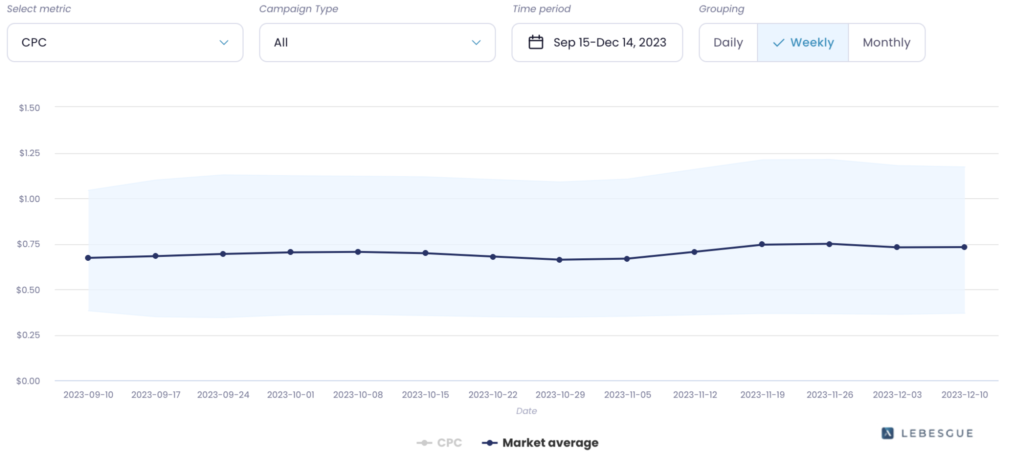
The Google ads CPC benchmark for all campaigns is $0.73.
So, think of the $0.78 CPC benchmark as a signpost on your advertising journey. It tells you what’s considered an average or typical cost for a click in your industry.
Advertisers use it as a reference point to gauge if they’re spending too much or getting a good deal. If your CPC is close to $0.78 or lower, you’re doing well.
If it’s higher, it’s like a warning sign that you might need to make some changes.
How to lower Google Ads CPC?
But what to do if your CPC is a lot higher than the average in your eCommerce industry? Don’t worry there are some different strategies you can try if you have a CPC that is too high.
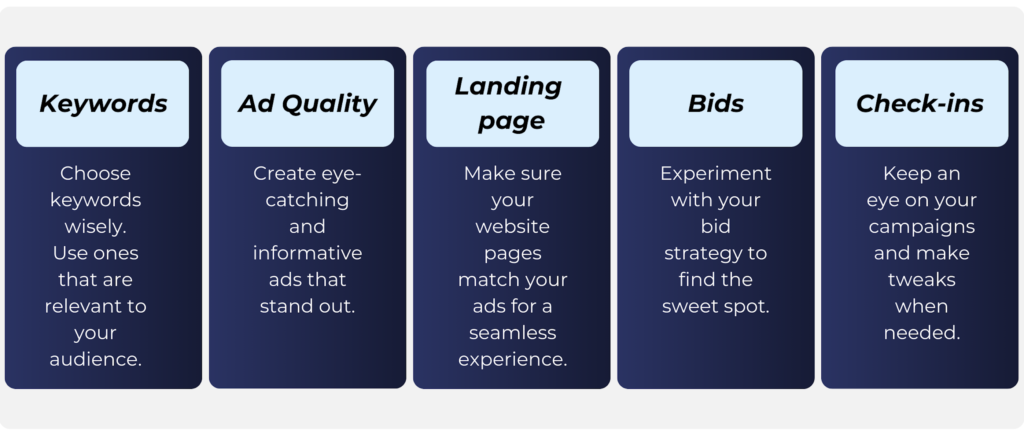
More detailed strategies on how to lower CPC can be found in our previous blog post.
Google CPC Benchmarks for Search Campaigns
Search campaigns target audiences who are actively searching for something.
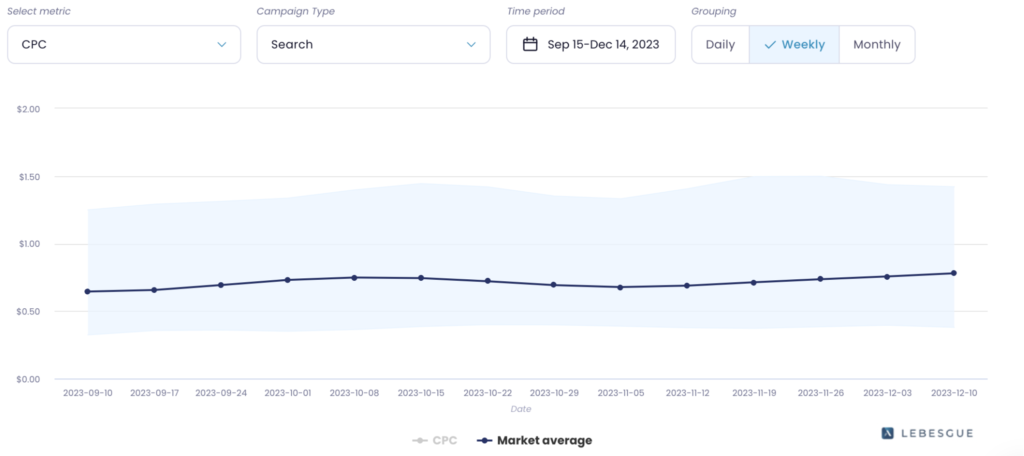
So, the average CPC for search campaigns is $0.78. Search CPC is like a price tag for clicks on search ads.
It can be different from other types of ads because, in search, you’re competing with lots of other advertisers. It’s a bit like an auction, where the price you pay depends on how many others want the same thing.
Google CPC for Shopping Campaigns
Now, let’s shift our focus to shopping campaigns. Shopping campaigns are like a dedicated showcase for your products. Unlike other ad types, they highlight images and prices right in the search results.
So, the average CPC for shopping campaigns is $0.63. That $0.63 CPC benchmark in shopping campaigns is like a pricing guide specifically tailored for online shops. It tells eCommerce advertisers how much they should aim to spend for each click.
Here’s the key part: If you can keep your actual CPC close to $0.63 or even lower, it’s like getting a good deal – you’re spending less to bring people to your online store. But if your CPC is much higher, it’s like paying more for advertising, which can eat into your profits.
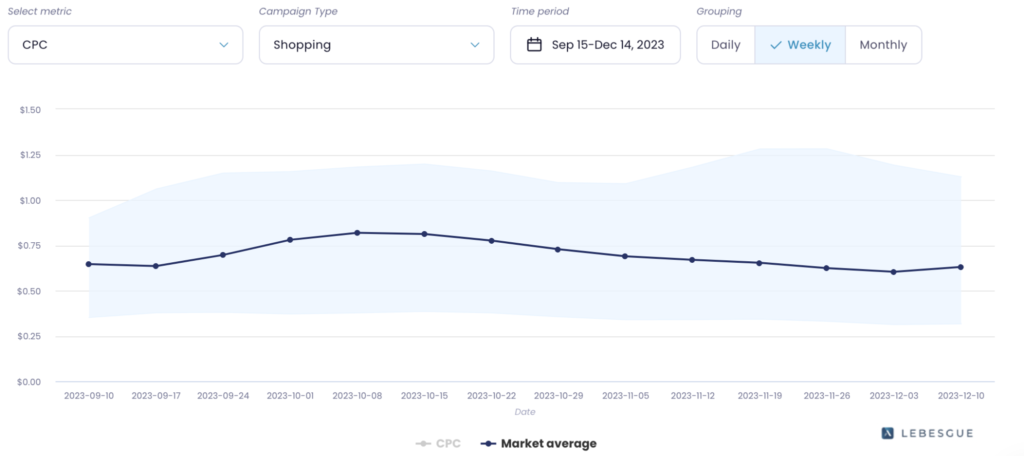
Optimizing product listing to meet benchmarks
Imagine your online store as a virtual shop, and your product listings are like the items displayed on the shelves. Just as a store owner arranges products to attract customers, you can optimize your product listings to catch the eye of online shoppers.
Here’s how you can do it:

By optimizing your product listings in these ways, you’ll make your online store more appealing to shoppers, which can help you meet that $0.63 CPC benchmark and drive more traffic to your e-commerce site.
Google CPC for Performance Max Campaigns
Next, performance max campaign. The average CPC for Performance Max is $0.70.
So, the $0.70 CPC benchmark for Performance Max campaigns is like a reference point. It tells you what’s considered a reasonable cost for each click in this specific campaign type.
Here’s why it’s essential: If you can maintain your actual CPC close to $0.70, it means you’re efficiently managing your advertising budget.
However, if your CPC surpasses $0.70 significantly, it indicates that you might be paying more than necessary for each click, potentially impacting your overall campaign performance.
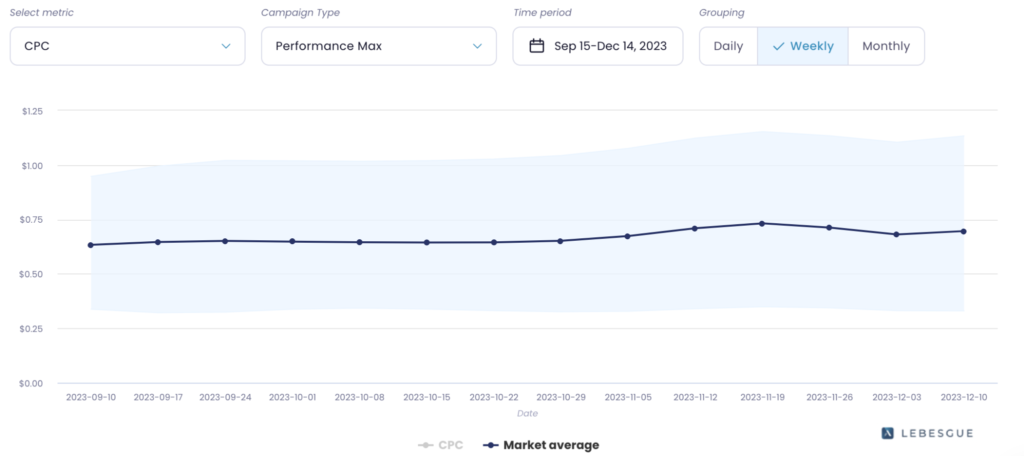
The Performance Max is a relatively new type of Google ad, so if you like more insights about it you can find it in your Performance Max pros and cons blog post.
Summing Up
And that’s it. Here you have all Google Ads CPC benchmarks in one place. We’ve journeyed through the world of online advertising, understanding the significance of these benchmarks and how they can impact your campaigns.
Remember, these benchmarks aren’t rigid rules but valuable guides to help you navigate the complex world of online advertising. Keep monitoring your campaigns, adapting to changes, and experimenting with strategies to achieve your goals.
⭐⭐⭐⭐⭐
100+ five-star reviews on Shopify App Store
Be the first to receive the latest Google ads benchmarks, insights, and tips right in your inbox.
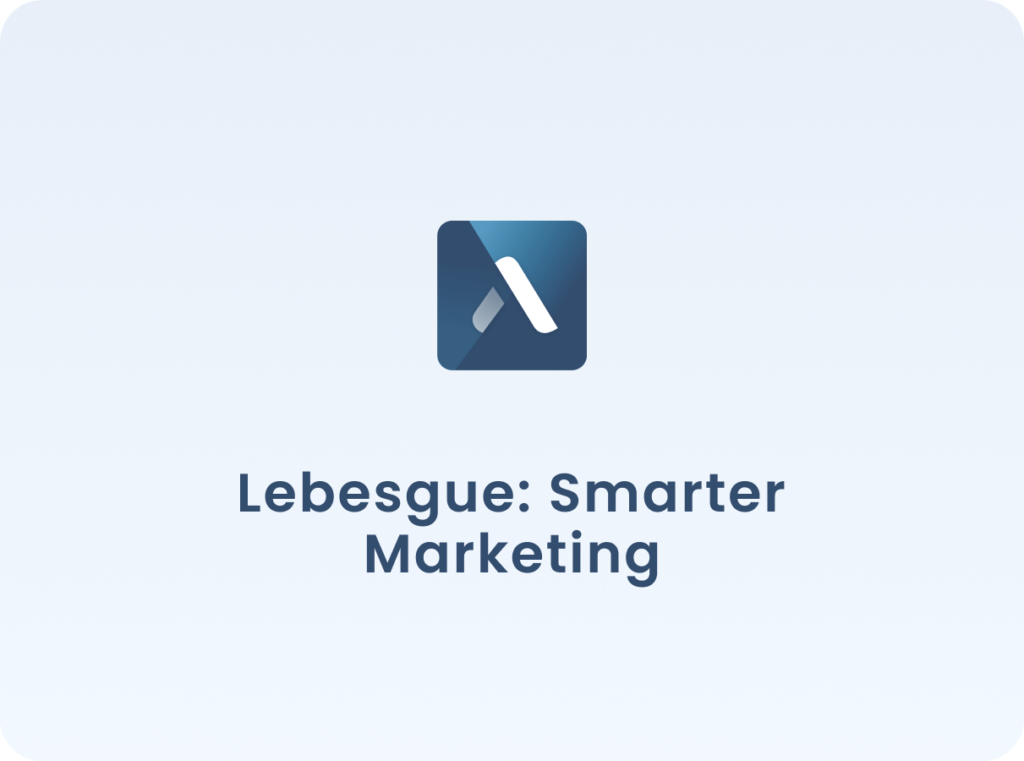
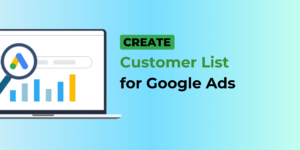
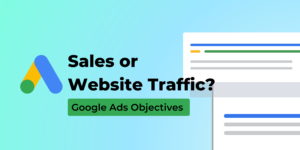

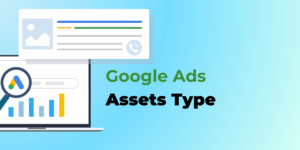
No comment yet, add your voice below!